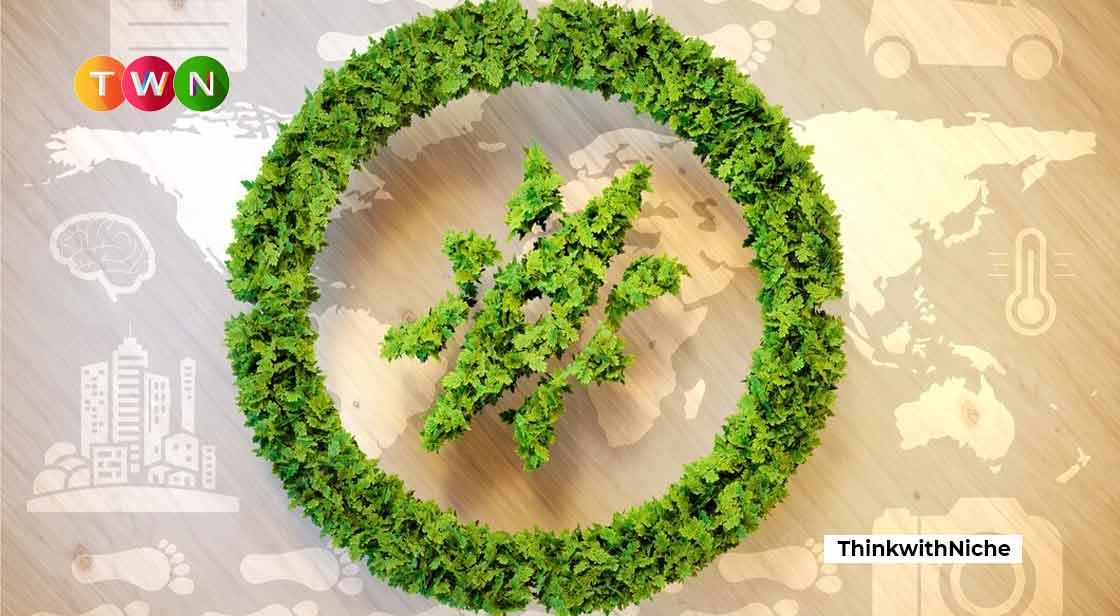
The health of the environment is inextricably linked to human well-being. According to the World Health Organization, environmental factors account for 24 percent of all deaths worldwide. People need clean air to breathe, clean water to drink, and safe living conditions free of hazardous compounds and hazards.
As the long-term consequences of exponential industrial growth and energy consumption become clear, we must act to reverse these effects and prevent further harm, ensuring that future generations have safe places to live. It means committing to environmentally sustainable practises in order to contribute to the development of thriving communities and secure future growth potential for businesses.
Before we get into the leadership aspect of environmental sustainability, let us define it.
What Is Leadership & Environmental Sustainability?
Traditional definitions of leadership place an emphasis on a single person's activity, attitudes, and characteristics, as well as the impact they can have on those around them. Traditional interpretations of leaders and leadership include words like charismatic, motivational, inspiring, committee, and communication prowess. Environmental sustainability refers to the responsibility to preserve biodiversity and protect global ecosystems in order to support health and well-being now and in the future. Because so many environmental decisions have no immediate impact, one of the most important aspects of environmental sustainability is its foresight. Indeed, it is defined by the United States Environmental Protection Agency as "meeting today's needs without jeopardising future generations' ability to meet their own needs."
The next four decades will be the most critical in human history as a result of the global environmental crisis. In the face of this enormous challenge, we require decisive, thoughtful action, as well as individuals who understand what leadership should look like in the face of multifaceted challenges.
Why Sustainability Needs a Strong & Sustainable Leadership?
We are, without a doubt, in the midst of a complex global environmental crisis. The 2015 Paris Agreement ushered in a new era of global awareness and cooperation in combating the threat of climate change. The majority of countries and major corporations are looking for ways to reduce environmental threats and promote long-term sustainability. But what kind of leadership is required to make real, long-term progress on environmental goals and projects? Traditional leadership models place a strong emphasis on a personality cult centred on a single leader or personality. Consider Mahatma Gandhi or business leaders such as Jeff Bezos, Indra Nooyi, and Steve Jobs. This type of leadership is usually associated with individual personality traits or some enigmatic inborn quality.
Let's talk about how leaders can help their employees create an eco-friendly environment and instil the values of sustainable leadership, just like these leaders.
Steps to Becoming a Sustainability Leader
· Recognizing local and global issues
I recommend that you educate yourself on the global impact of the products or services you provide. Then, for innovative and creative solutions, consider your market's challenges and opportunities. When you take a step back to assess, you might be surprised by the answers you find.
· Commitment at the highest level of leadership
If your company is to become an environmental leader, you must become the leading environmental activist. As a result, you must prioritise it and incorporate it into your company's culture. As a leader, you must discuss it at every opportunity and encourage your leadership team to do the same.
Tags:
what is environmental sustainability, sustainable leadership, leaders in sustainability
Read This Full ARTICLE, Click Here



Comments
Post a Comment